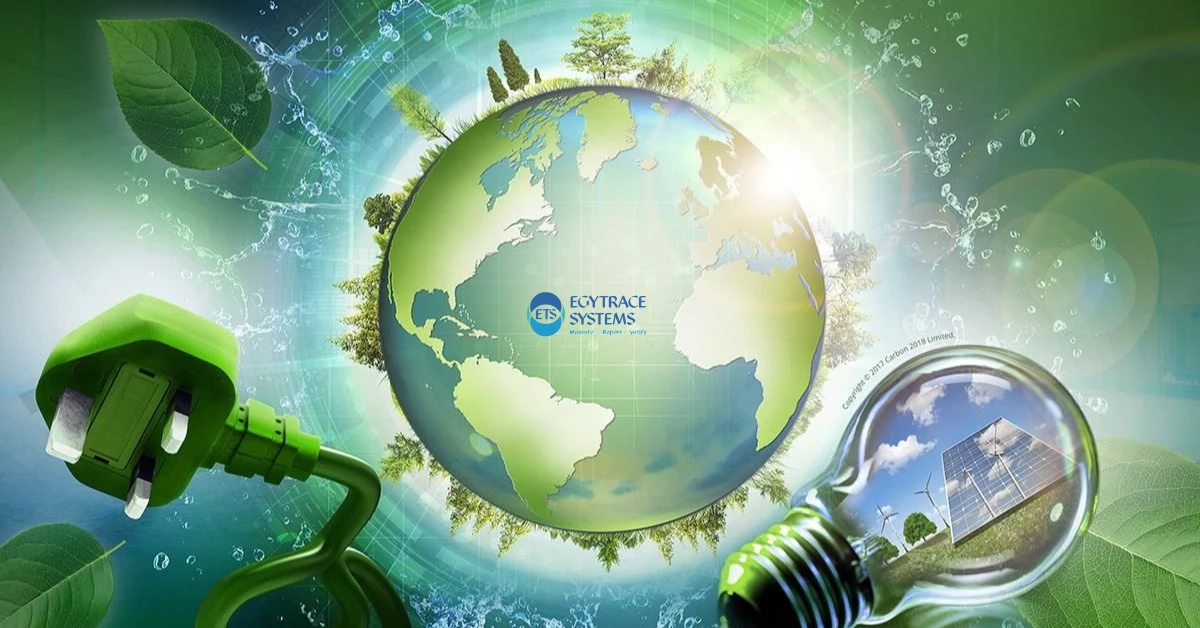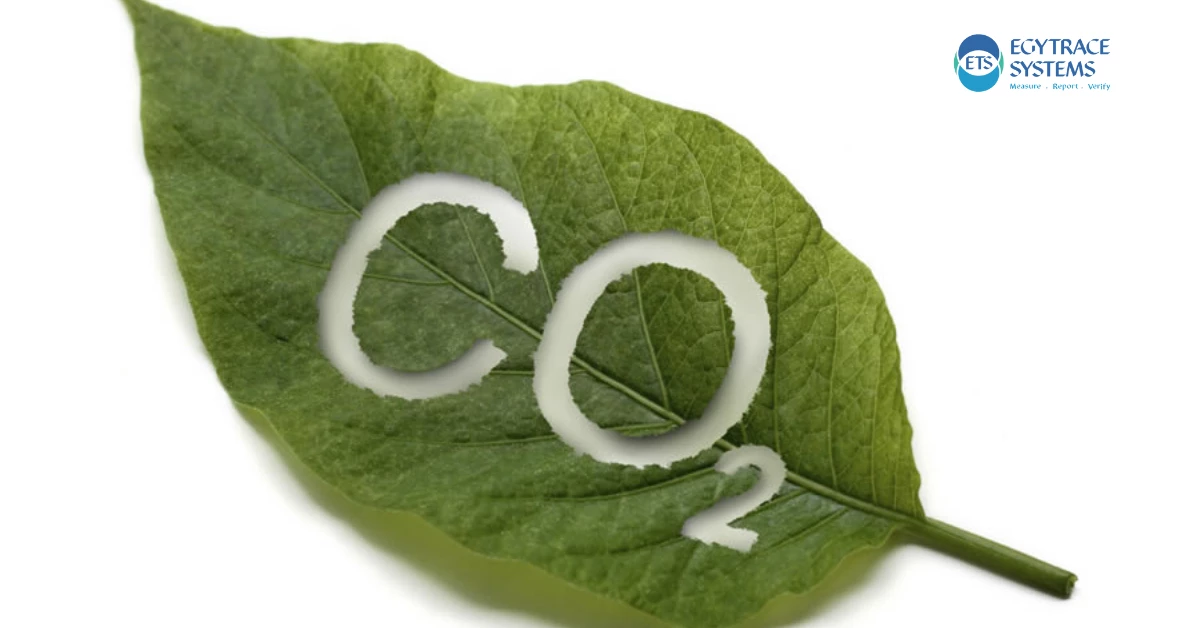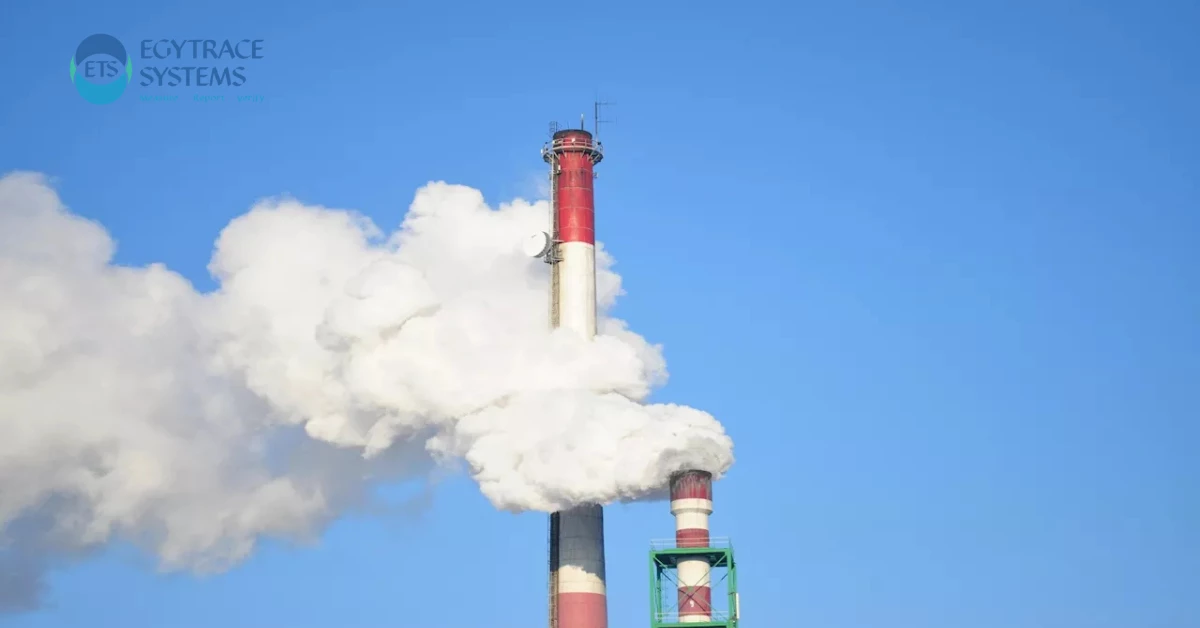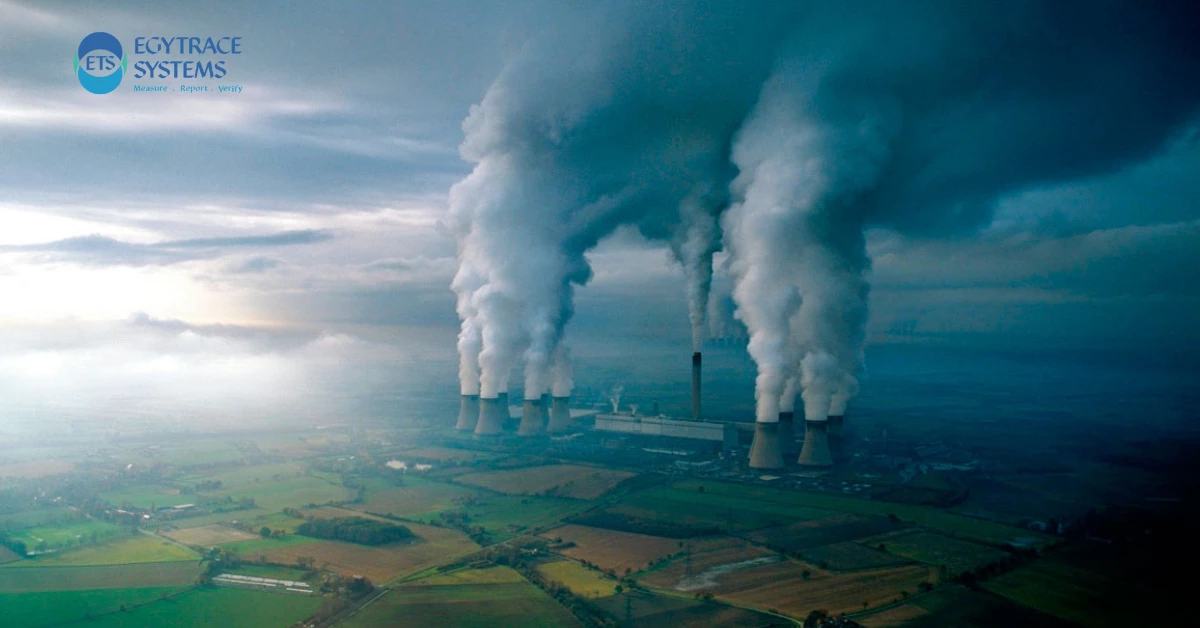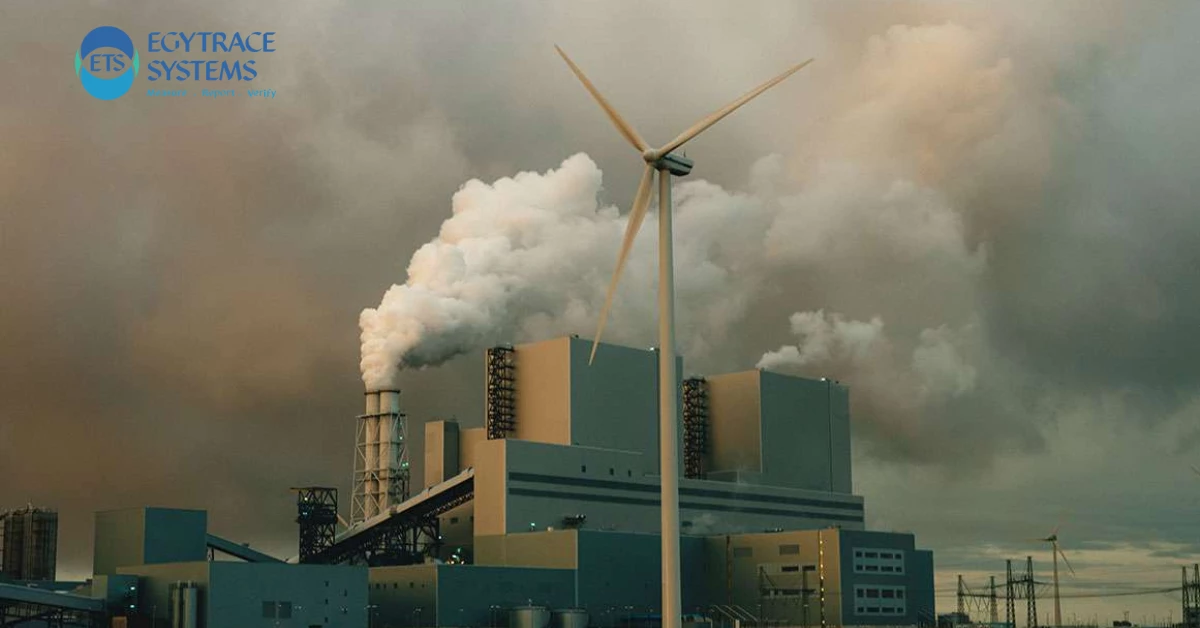Emissions Categories
As the global community intensifies efforts to combat climate change, understanding emissions categories has become essential for businesses and policymakers alike. Greenhouse gas (GHG) emissions are classified into different categories based on their sources and impact. Proper classification helps organizations measure, manage, and mitigate their carbon footprint effectively. This guide delves deep into the different […]




